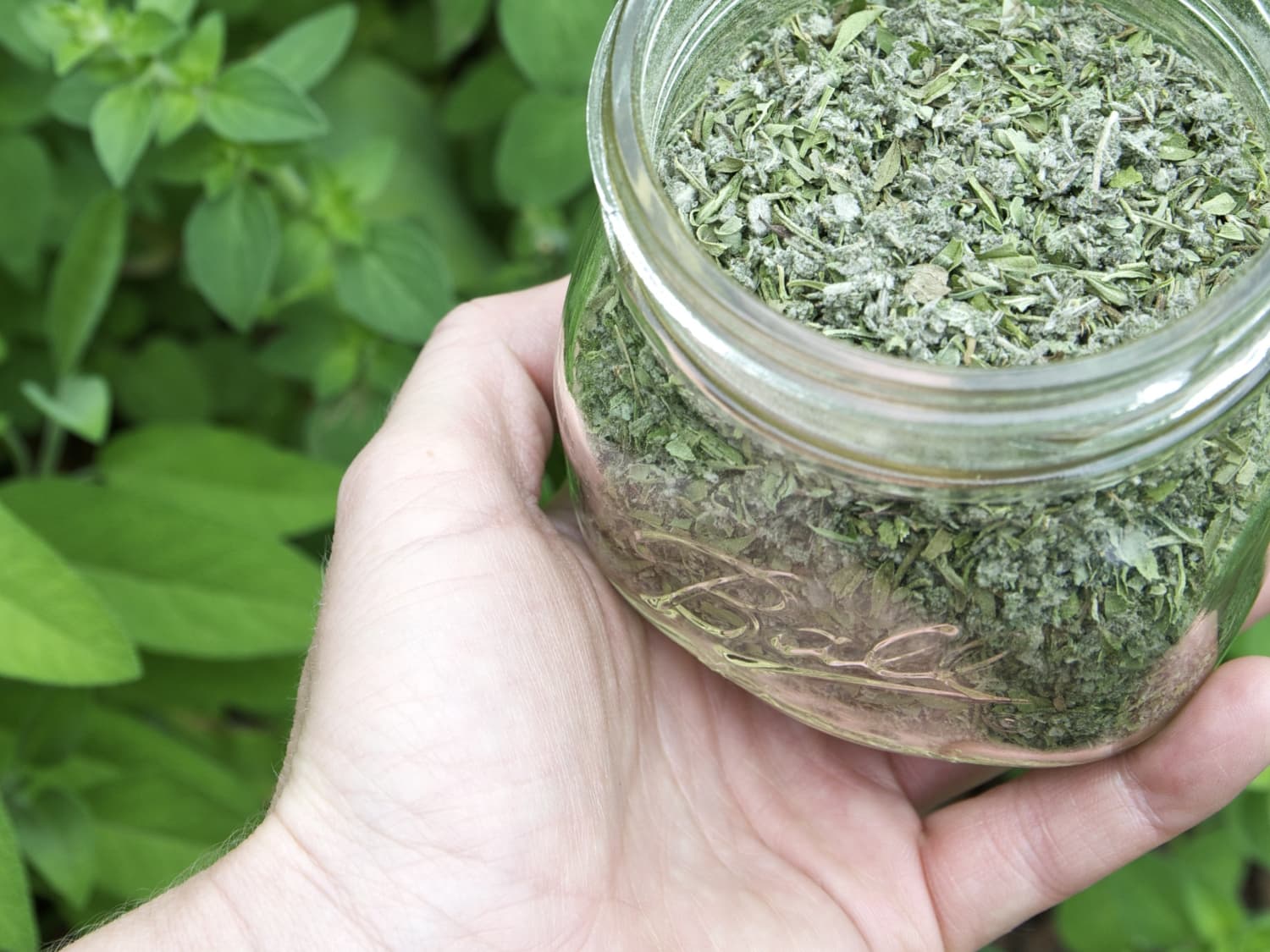

Articles
How To Store Oregano
Modified: March 23, 2024
Learn how to properly store oregano with these informative articles. Discover the best methods for preserving the flavor and freshness of your favorite herb.
(Many of the links in this article redirect to a specific reviewed product. Your purchase of these products through affiliate links helps to generate commission for Storables.com, at no extra cost. Learn more)
Introduction
Oregano is a versatile herb that adds flavor and aroma to a wide variety of dishes. Whether you grow your own oregano or purchase it from the store, proper storage is essential to maintain its freshness and flavor. In this article, we will explore the importance of storing oregano correctly and provide you with practical tips for preserving its quality for an extended period of time.
Proper storage of oregano not only helps retain its vibrant color and intense flavor but also extends its shelf life. The key to preserving oregano lies in protecting it from exposure to air, moisture, heat, and light, which can all contribute to the degradation of its essential oils.
By investing a little effort into understanding the best storage methods for oregano, you can ensure that you have a readily available and flavorful herb that enhances your culinary creations.
In the following sections, we will discuss the various factors that come into play when storing oregano, including choosing the right container, cleaning and drying techniques, as well as different storage options. Additionally, we will provide valuable tips on how to maintain the herb’s freshness to maximize its flavor retention.
So, let’s dive in and discover the best practices for storing oregano, so you can enjoy its delightful taste and aroma in your cooking endeavors.
Key Takeaways:
- Preserve oregano’s vibrant flavor and aroma by storing it in airtight, opaque containers away from air, moisture, heat, and light. Proper cleaning, drying, and labeling ensure long-lasting freshness and quality.
- Whether freezing, infusing in oil, or using whole or ground oregano, follow safety guidelines and storage tips to maintain its flavor and aroma. Frequent use and high-quality sourcing enhance culinary experiences.
Read more: How To Store Dried Oregano
Importance of Proper Storage
Proper storage of oregano is crucial to maintain its flavor, aroma, and overall quality. When oregano is exposed to air, moisture, heat, and light, its essential oils, which are responsible for its distinct taste and fragrance, begin to degrade. This can result in a loss of flavor and potency, ultimately diminishing the culinary experience.
By storing oregano correctly, you can ensure that it retains its vibrant color, intense flavor, and aromatic properties for an extended period of time. This is especially important if you have a surplus of oregano or if you grow your own and want to preserve its freshness for future use.
Proper storage also plays a significant role in preventing the growth of mold, fungi, or bacteria, which can lead to spoilage and potential health risks. By keeping oregano in suitable conditions, you can minimize the chances of contamination and enjoy its culinary benefits confidently.
Additionally, storing oregano properly allows you to have easy access to this versatile herb whenever you need it. Whether you use it for seasoning sauces, marinades, soups, or meats, having fresh oregano at your disposal will elevate the taste of your dishes.
By understanding the importance of proper storage and implementing the right techniques, you can savor the full flavor and aroma that oregano has to offer, adding depth and complexity to your culinary creations.
Choosing the Right Container
When it comes to storing oregano, choosing the right container is essential to maintain its freshness and quality. The ideal container should provide protection against air, moisture, heat, and light, which can all contribute to the degradation of the herb’s essential oils.
Here are some factors to consider when selecting a container for storing oregano:
- Airtight: Opt for containers that have a tight-fitting lid to prevent air from entering and moisture from escaping. This will help preserve the flavor and aroma of the oregano for a longer period of time.
- Opaque: Choose a container that is opaque or dark in color to shield the oregano from light. Light exposure can cause the herb to lose its color and flavor more quickly.
- Non-reactive: Avoid using containers made of reactive materials such as metal or plastic. These materials can react with the oils in the oregano and alter its flavor. Instead, opt for glass containers, which are non-reactive and preserve the integrity of the herb.
- Size: Consider the amount of oregano you plan to store and choose a container size that allows for proper air circulation around the herb. Overcrowding can lead to moisture buildup and spoilage.
It is worth noting that if you have the option, vacuum-sealed containers or resealable bags specifically designed for storing herbs can be excellent choices as well. These containers remove the excess air and create an airtight environment, extending the shelf life of the oregano.
Remember to label the container with the date of storage to keep track of its freshness. Additionally, store the container in a cool, dry, and dark place, such as a pantry or a cupboard, away from heat sources or direct sunlight.
By selecting the right container, you can ensure that your oregano remains fresh and flavorful throughout its storage, ready to enhance your culinary creations whenever needed.
Cleaning and Drying Oregano
Before storing oregano, it is essential to properly clean and dry the herb to remove any dirt, debris, or excess moisture. Cleaning and drying oregano not only help maintain its quality but also prevent the growth of mold or bacteria during storage.
Here is a step-by-step guide on how to clean and dry oregano:
- Harvesting: If you grow your own oregano, harvest the herb by cutting the stems just above the leaves. Choose a time in the morning when the dew has dried but before the heat of the day to ensure optimal flavor and aroma.
- Rinsing: Fill a bowl with cool water and gently swish the oregano sprigs in the water to remove any dirt or insects. Be careful not to bruise or damage the delicate leaves.
- Drying: After rinsing, shake off the excess water or pat the oregano gently with a paper towel. Allow the sprigs to air dry for a few hours on a clean and dry surface, such as a kitchen towel or a drying rack.
- Dehydrating: For a more thorough drying process, you can also use a dehydrator or an oven set to a low temperature. Spread the oregano sprigs in a single layer on a baking sheet or dehydrator tray and dry until the leaves are crisp and crumble easily.
Once the oregano is completely dry, remove the leaves from the stems by gently stripping them with your fingers or by using a clean, dry cloth. Discard any discolored or wilted leaves.
The cleaned and dried oregano is now ready for storage. Ensure that the herb is completely dry to prevent moisture buildup, which can lead to mold or bacterial growth during storage.
By following these steps to clean and dry oregano properly, you can ensure that the herb retains its quality and flavor, resulting in a more enjoyable culinary experience.
Whole Leaf Storage Options
Storing oregano in its whole leaf form is a popular method that allows you to preserve the herb’s flavor and aroma for an extended period. Here are a few effective storage options for whole leaf oregano:
- Herb Bundles: Gather several sprigs of oregano and tie them together at the stems using a string or a rubber band. Hang the bundles upside down in a cool, well-ventilated area away from direct sunlight. This method allows the oregano to dry naturally while maintaining the integrity of the leaves. Once the oregano is completely dry, store the herb bundles in an airtight container or place them in a paper bag to protect them from dust and light.
- Herb Jars: Remove the leaves from the dried oregano sprigs and transfer them to a clean, airtight glass jar. Make sure the leaves are fully dry before storing them. Seal the jar tightly and store it in a cool, dark place, such as a pantry or a cupboard. Using a glass jar allows you to easily see the oregano leaves and ensures proper protection against moisture and light.
- Herb Containers: Invest in herb containers specifically designed for storing dried herbs. These containers often have an airtight seal and come with a built-in grinder or shaker, providing convenience when using the oregano in your culinary endeavors. Fill the container with dried oregano leaves and seal it tightly to maintain freshness. Store the container in a cool, dark place.
Regardless of the storage option you choose, it is crucial to ensure that the oregano is fully dry before storing it. Moisture can lead to mold or bacterial growth, compromising the quality of the herb.
When using whole leaf oregano in your recipes, remember to crush or crumble the leaves in your hand or by using a mortar and pestle to release their aroma and flavor.
By properly storing whole leaf oregano, you can enjoy its delightful taste and fragrance in your culinary creations, adding a burst of flavor to your dishes.
Store oregano in an airtight container in a cool, dark place to maintain its flavor and potency. You can also freeze oregano in ice cube trays with a little water or oil for easy use in cooking.
Read more: How To Store Fresh Oregano
Ground Oregano Storage Options
If you prefer to use ground oregano, there are storage options available to ensure its freshness and flavor are preserved. Here are a few effective methods for storing ground oregano:
- Airtight Containers: Transfer the ground oregano to an airtight container to protect it from exposure to air, which can cause flavor loss. Choose a container made of glass or a food-grade plastic that has a tight-fitting lid. Ensure the container is clean and dry before transferring the ground oregano. This method helps maintain the herb’s potency and keeps it fresh for a longer period.
- Spice Jars: Utilize spice jars with tight-sealing lids to store ground oregano. These jars provide excellent protection against air, moisture, and light. Label the jars with the date of storage to keep track of freshness. Store the jars in a cool, dry place away from direct sunlight.
- Vacuum-Sealed Bags: For optimal freshness, consider vacuum-sealing the ground oregano using a vacuum sealer or a resealable bag designed for long-term storage of herbs and spices. Vacuum sealing removes excess air and creates an airtight environment, prolonging the shelf life of the herb. Remember to squeeze out as much air as possible before sealing.
Regardless of the storage option you choose, it is crucial to keep ground oregano away from heat, light, and moisture, which can lead to flavor deterioration. Storing the herb in a cool, dry location, such as a pantry or a cupboard, is recommended.
When using ground oregano, remember to measure the required amount directly from the storage container rather than sprinkling it directly over steam or a hot surface. This helps prevent moisture from entering the container and preserves the quality of the herb.
By employing the appropriate storage methods for ground oregano, you can ensure its freshness and flavor are preserved, elevating the taste of your dishes with this versatile herb.
Freezing Oregano
Freezing is a great option for preserving oregano, especially if you have a surplus or want to extend its shelf life. Freezing oregano helps retain its flavor, color, and aroma for an extended period. Here’s a simple guide to freezing oregano:
- Cleaning and Drying: Start by cleaning the oregano leaves and drying them thoroughly to remove any excess moisture. You can follow the steps mentioned earlier for cleaning and drying the herb.
- Blanching (optional): This step is optional but can help preserve the color and flavor of the oregano. Blanching involves briefly immersing the clean oregano leaves in boiling water, followed by transferring them to ice water to halt the cooking process. Blanching for 10-20 seconds can help preserve the vibrant green color of the leaves.
- Portioning: Divide the oregano into small portions for convenient use in recipes. You can choose to freeze the leaves whole or finely chop them before freezing, depending on your preference.
- Freezing: Place the portioned oregano in an airtight container or freezer bag. Remove as much air as possible from the bag before sealing it to prevent freezer burn. Be sure to label the container or bag with the date of freezing.
- Long-Term Storage: Store the frozen oregano in the freezer, ideally at 0°F (-18°C) or below. The herb can be stored for several months, and proper packaging helps maintain its flavor and aroma during this time.
When you’re ready to use the frozen oregano, simply remove the desired portion from the freezer and add it directly to your recipe. There’s no need to thaw the herb beforehand, as the frozen leaves can be easily crumbled or chopped while cooking.
Freezing oregano is a convenient method that allows you to enjoy the herb’s freshness and flavor throughout the year. Whether you grow your own oregano or purchase it in bulk, freezing is an effective technique to extend its usability while preserving its culinary benefits.
Storing Oregano in Oil
Storing oregano in oil is a popular method that infuses the oil with the herb’s flavor and aroma, creating a versatile ingredient for cooking. Here’s how to properly store oregano in oil:
- Harvest and Prepare Oregano: Harvest the oregano leaves and remove any damaged or discolored parts. Rinse the leaves gently under cool water and pat them dry with a paper towel or let them air dry completely.
- Coarsely Chop: Coarsely chop the oregano leaves to release their essential oils. This step helps intensify the flavor and aroma of the herb when infused in the oil.
- Choose an Oil: Select a high-quality oil with a neutral taste, such as extra-virgin olive oil or vegetable oil. Avoid oils with strong flavors, as they can overpower the oregano’s taste. Make sure the oil is fresh and not rancid, as it can affect the overall quality of the infusion.
- Infusing the Oil: Place the chopped oregano leaves into a clean, dry glass jar. Pour the chosen oil over the oregano, making sure it completely covers the herb. Use a spoon or a clean utensil to ensure that there are no air bubbles trapped in the jar. Seal the jar tightly.
- Storage: Store the oregano-infused oil in the refrigerator to prevent the growth of bacteria and maintain its freshness. The cold temperature helps inhibit the growth of microorganisms that could spoil the oil. Ensure the jar is sealed properly to prevent any contaminants from entering.
It’s important to note that storing oregano in oil can increase the risk of developing botulism, a serious form of food poisoning caused by the bacteria Clostridium botulinum. To minimize the risk, follow these guidelines:
- Use the infused oil within one to two weeks to ensure freshness and minimize the risk of bacterial growth.
- Refrigerate the oil at all times, even if it has been infused with acidic ingredients like lemon or vinegar.
- Watch for any signs of spoilage, such as cloudiness, off odors, or an unusual taste. If you notice any of these signs, discard the oil immediately.
Storing oregano in oil can elevate your culinary creations by providing a flavorful ingredient ready to be used in various dishes. Just remember to follow the guidelines for safety and freshness during the storage process to ensure optimal flavor and minimize any potential health risks.
Tips for Maintaining Oregano’s Freshness
To ensure that your oregano maintains its freshness and flavor for as long as possible, consider the following tips:
- Proper Storage: As mentioned earlier, storing oregano in airtight containers, away from air, moisture, heat, and light, is key to maintaining its quality. Choose containers made of glass or food-grade plastic, and store the herb in a cool, dark place like a pantry or cupboard.
- Label and Date: Label your oregano containers with the date of storage or expiration to keep track of their freshness. This helps you identify older batches and ensure that you use the oldest ones first.
- Frequent Use: The more frequently you use your oregano, the fresher it will remain. Regularly incorporating oregano into your cooking not only adds flavor to your dishes but also helps prevent the herb from sitting idle for too long.
- Trim and Discard: If you notice any signs of spoilage, such as mold, discoloration, or an off smell, discard the affected oregano immediately. Trim away any wilted or discolored leaves to maintain the overall freshness of the remaining herb.
- Resist Grinding in Advance: Avoid grinding or crushing your oregano in advance, as this can cause it to lose its flavor more quickly. Instead, crush or grind the leaves just before use to preserve their essential oils.
- Store Dried and Ground Separately: If you have both dried and ground oregano, store them in separate containers. This allows you to maintain the proper consistency and potency of each form of the herb without affecting their individual qualities.
- Herb Combination: Consider creating herb combinations with oregano and other herbs like basil, thyme, rosemary, or parsley. When stored together, these herbs can complement each other’s flavors and prolong their overall freshness.
- Quality Oregano: Start with high-quality oregano from reputable sources. Freshly dried or homegrown oregano tends to have better flavor and aroma compared to herbs that have been stored for a long time.
By following these tips, you can extend the freshness and flavor of your oregano, ensuring that it remains a valuable ingredient in your culinary endeavors for as long as possible.
Read more: How To Store Oregano Oil
Conclusion
Proper storage of oregano is essential to maintain its freshness, flavor, and aroma. Whether you have a surplus of homegrown oregano or purchase it from the store, implementing the right storage methods will help you enjoy its culinary benefits for a longer period of time.
By choosing the right container, such as airtight and opaque options, you can protect oregano from air, moisture, heat, and light, which can all contribute to flavor degradation. Cleaning and drying the herb before storage removes any dirt and excess moisture, further preserving its quality.
Depending on whether you have whole leaf or ground oregano, there are different storage options available. Whole leaf oregano can be stored in herb bundles, herb jars, or herb containers, while ground oregano benefits from airtight containers, spice jars, or vacuum-sealed bags.
If you have an abundance of oregano, freezing is an excellent method to retain its flavor and aroma for an extended period. Storing oregano in oil can also add a delightful infusion to your culinary creations, but remember to follow proper safety guidelines to avoid the risk of bacterial growth.
To maintain the freshness of oregano, utilize tips such as proper labeling, frequent use, trimming and discarding spoiled leaves, and storing dried and ground oregano separately. By following these guidelines, you can continue to savor the vibrant taste and aroma of this versatile herb for a longer time.
In conclusion, storing oregano correctly helps to preserve its freshness, flavor, and aroma, ensuring that you always have a flavorful herb on hand to enhance your favorite recipes. By implementing the tips and techniques outlined in this article, you can enjoy the full culinary potential of oregano and elevate your dishes with its delightful taste and fragrance.
Frequently Asked Questions about How To Store Oregano
Was this page helpful?
At Storables.com, we guarantee accurate and reliable information. Our content, validated by Expert Board Contributors, is crafted following stringent Editorial Policies. We're committed to providing you with well-researched, expert-backed insights for all your informational needs.
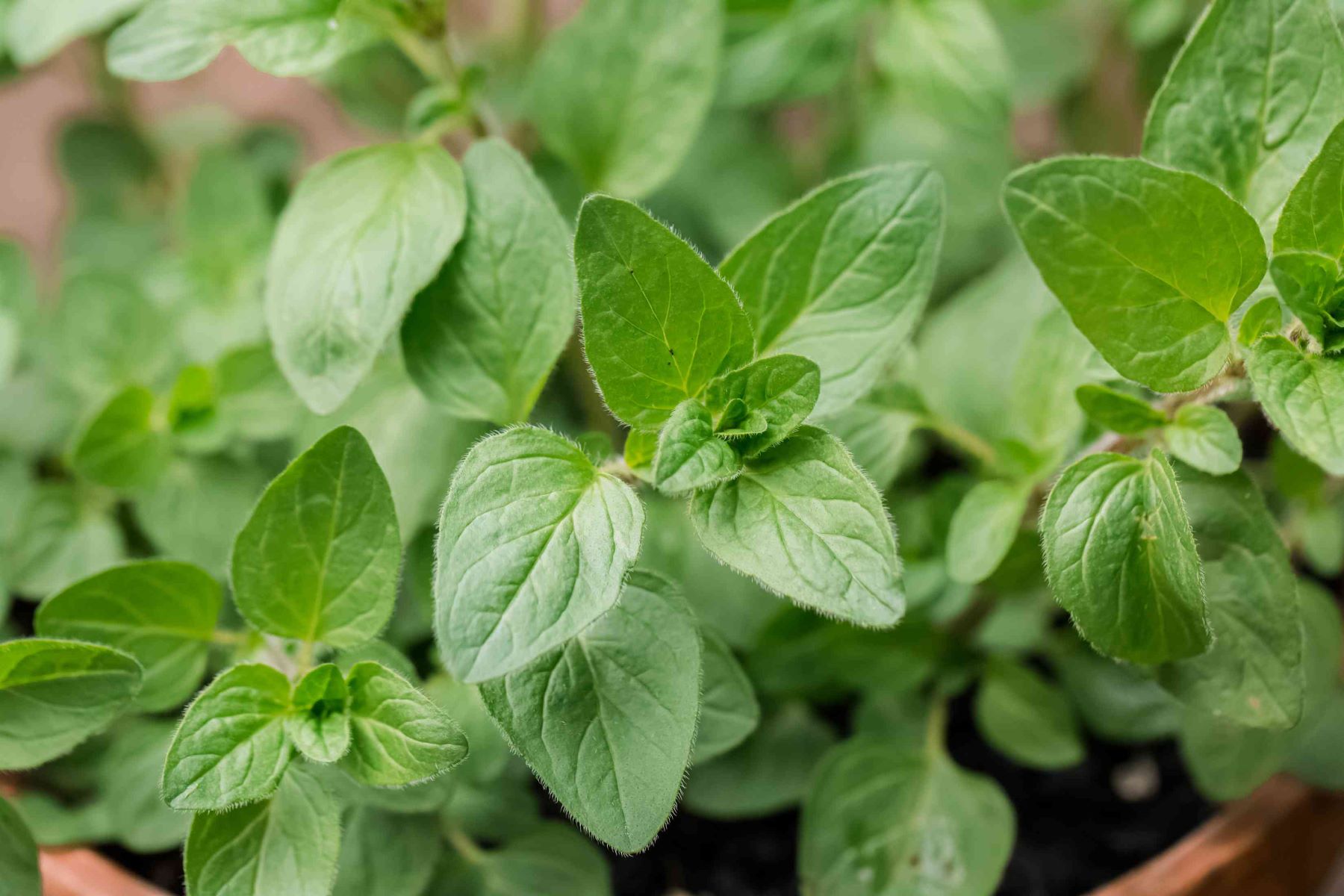
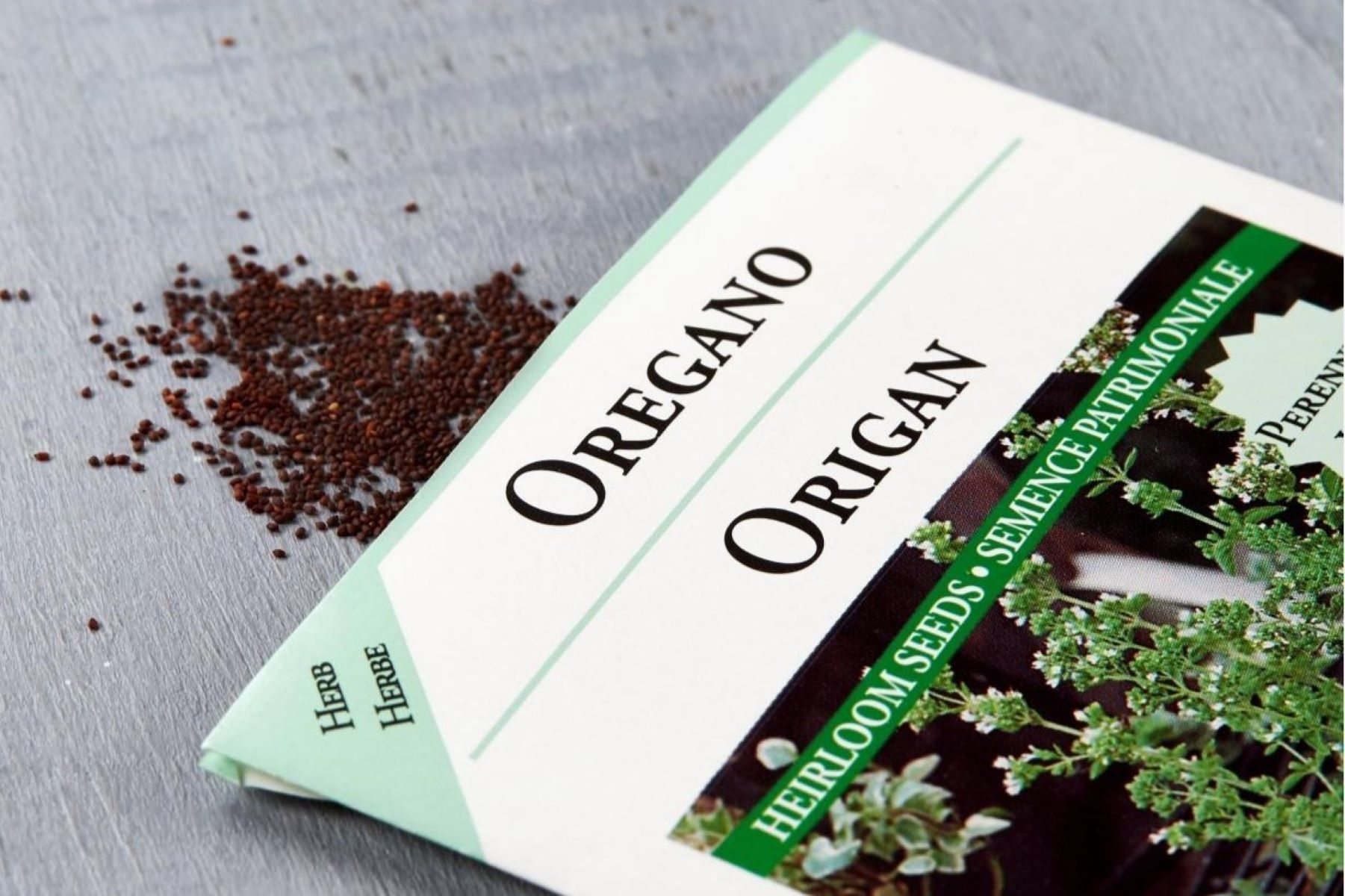
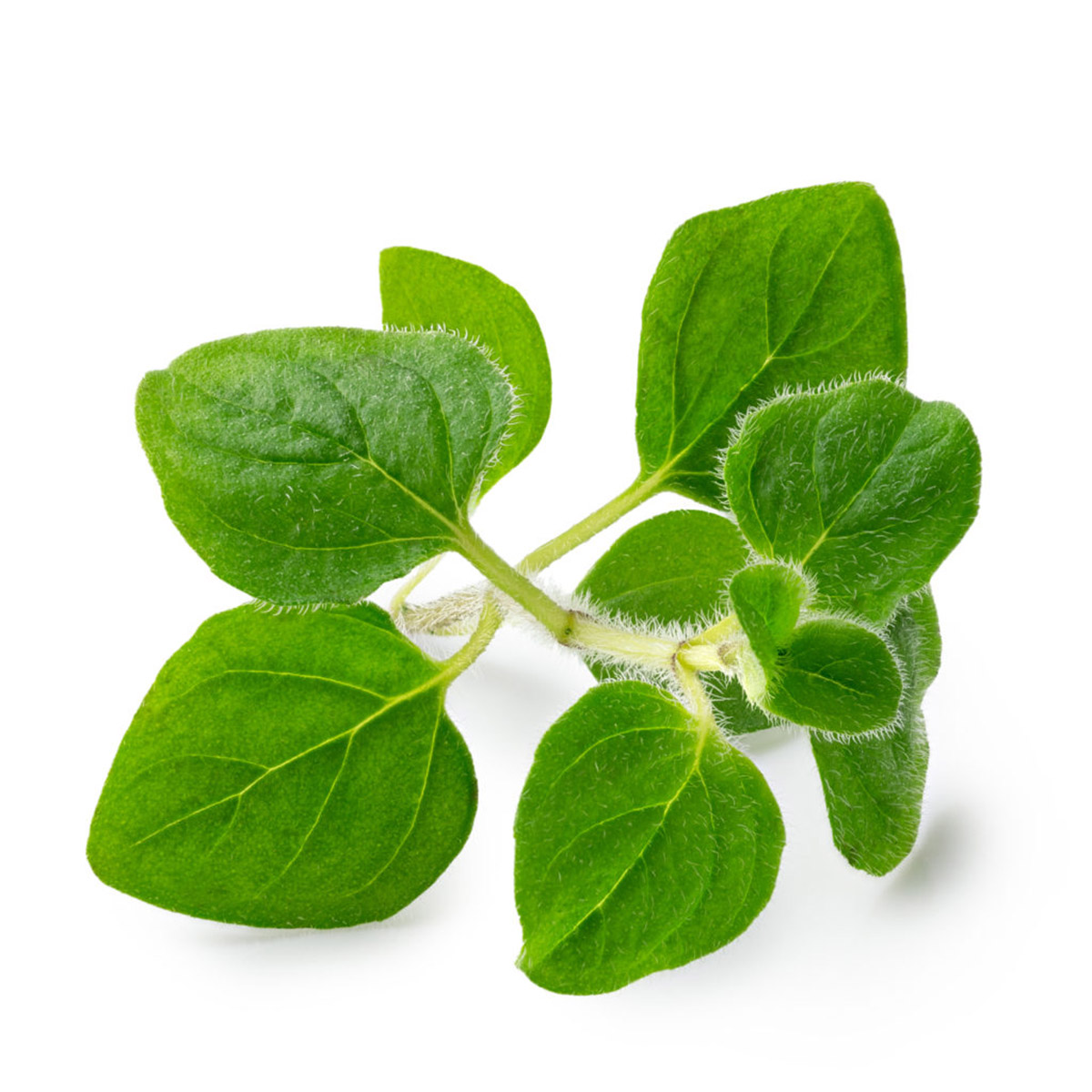
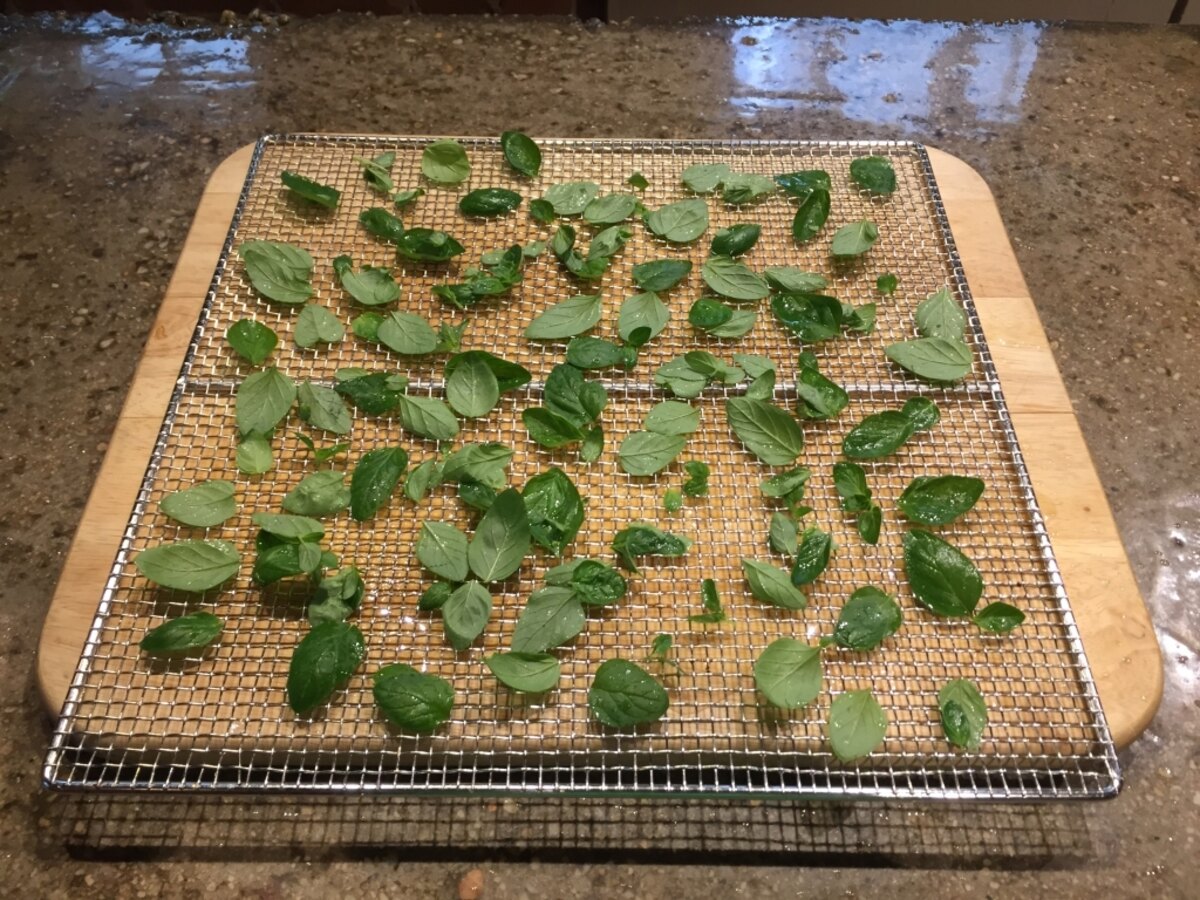
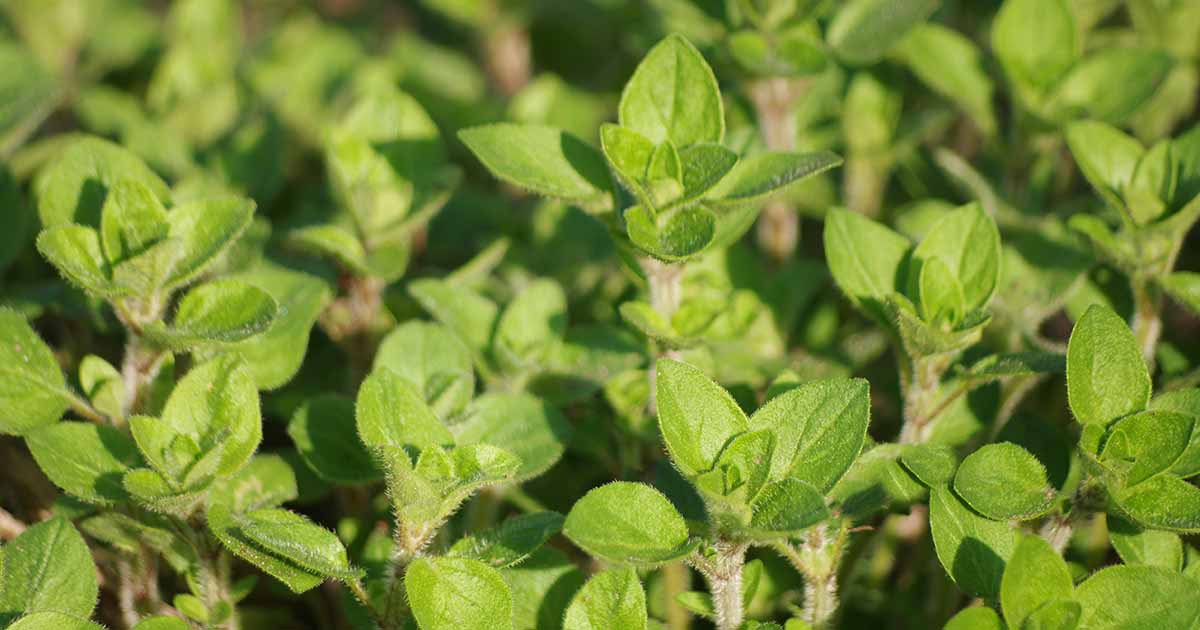
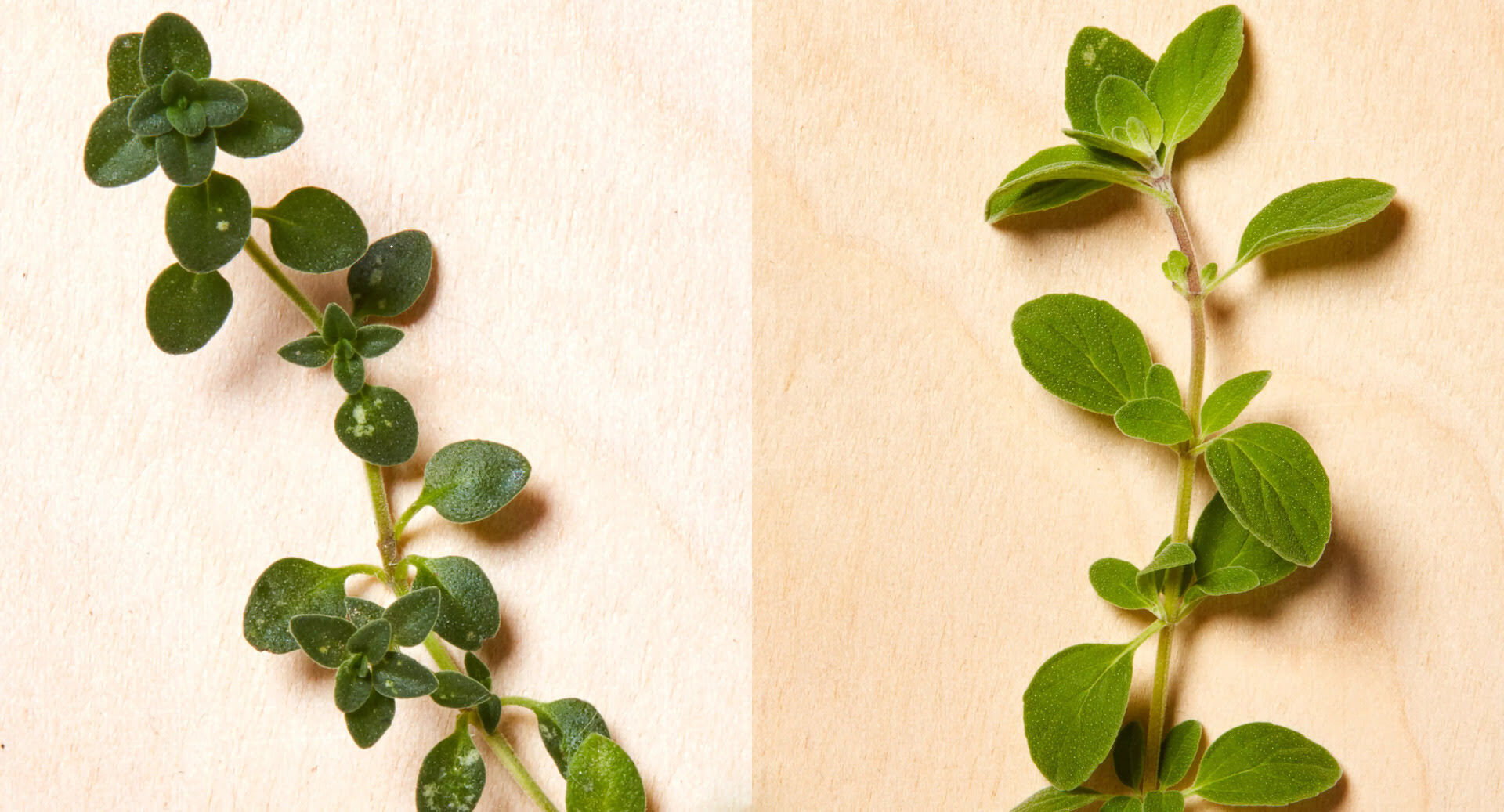
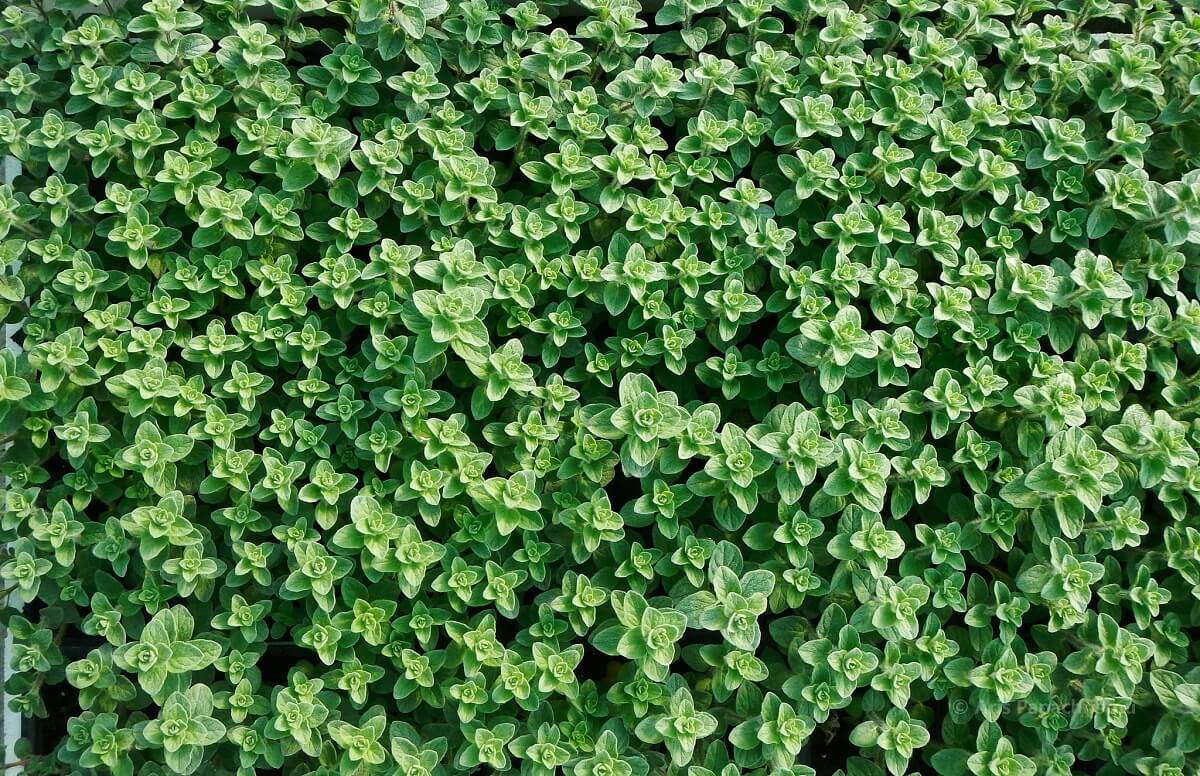







0 thoughts on “How To Store Oregano”